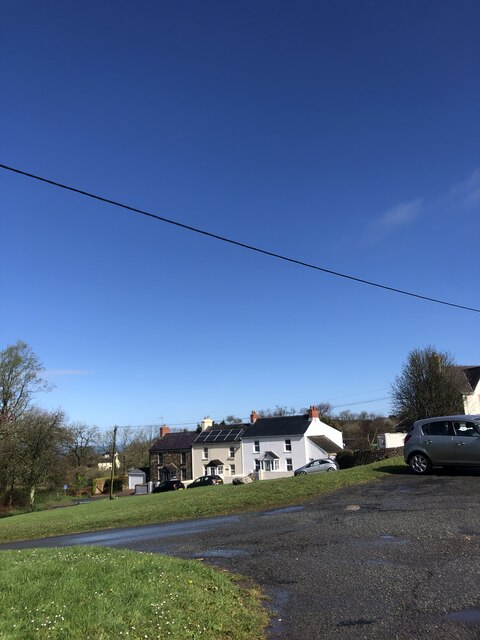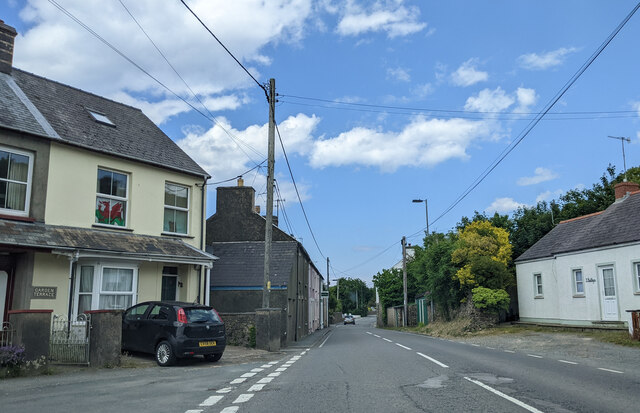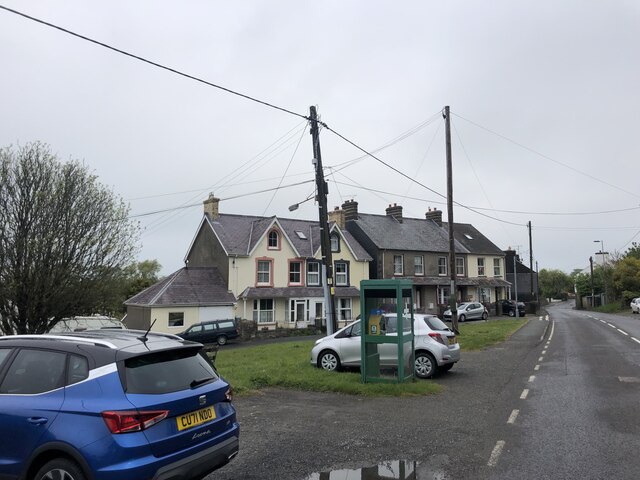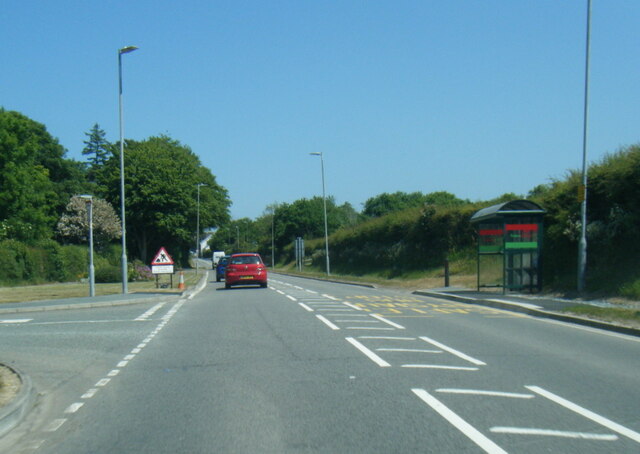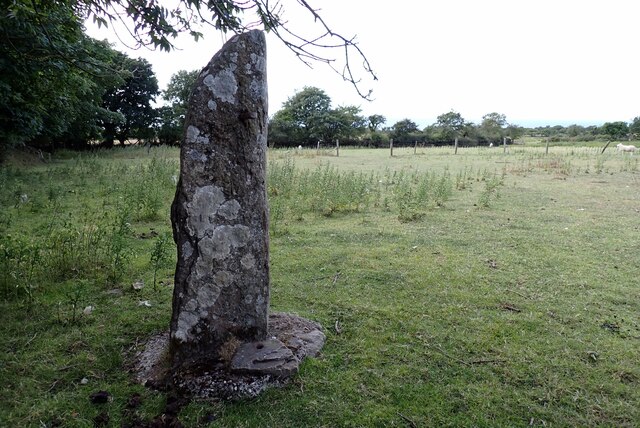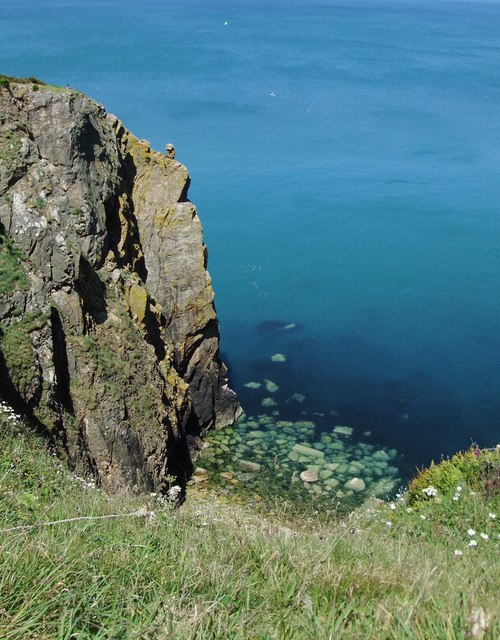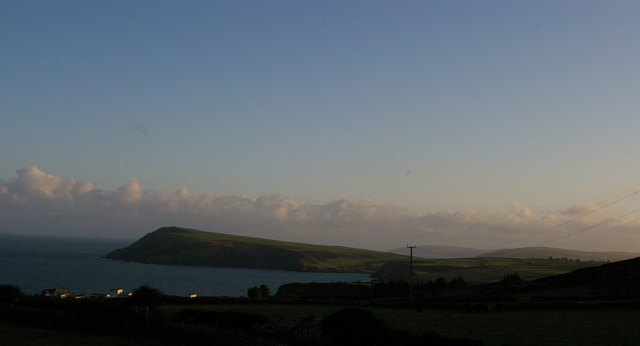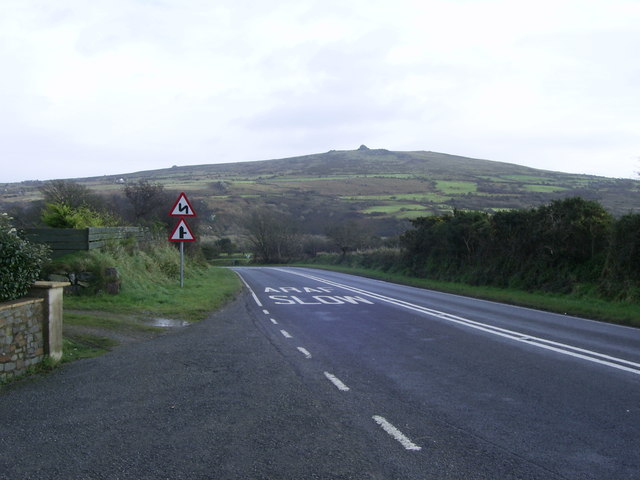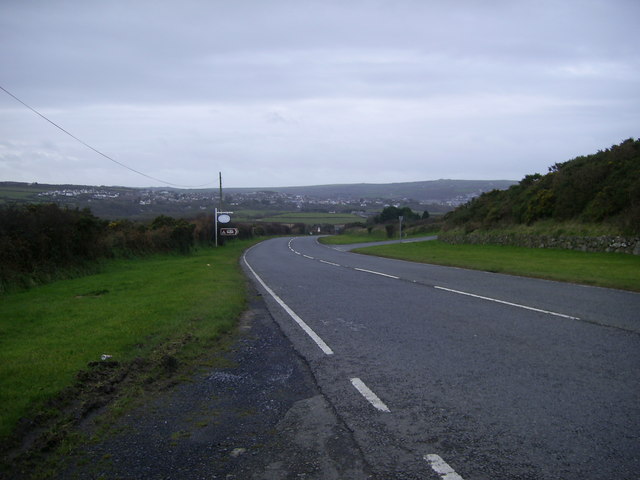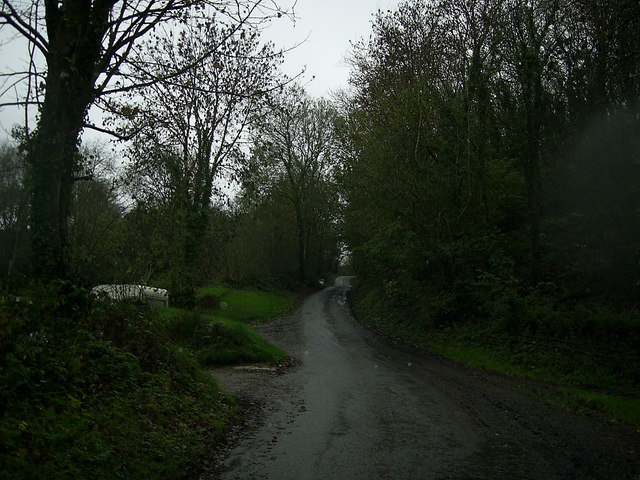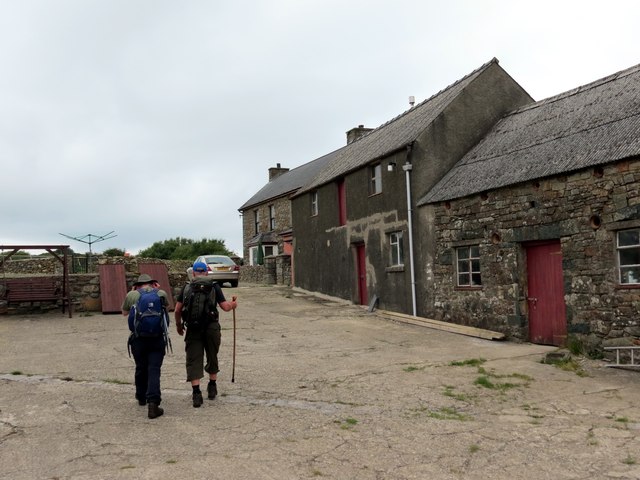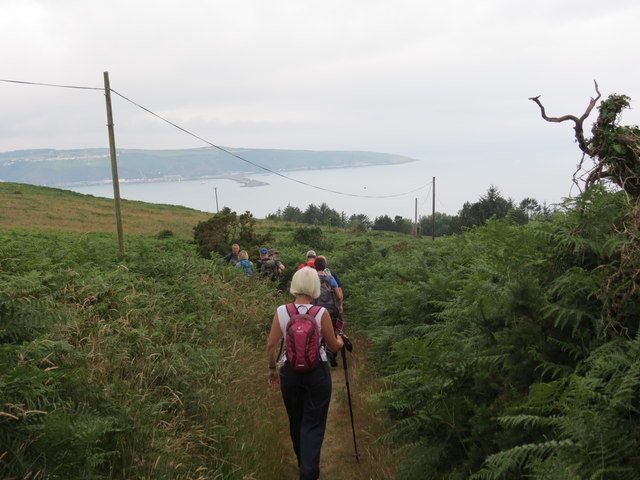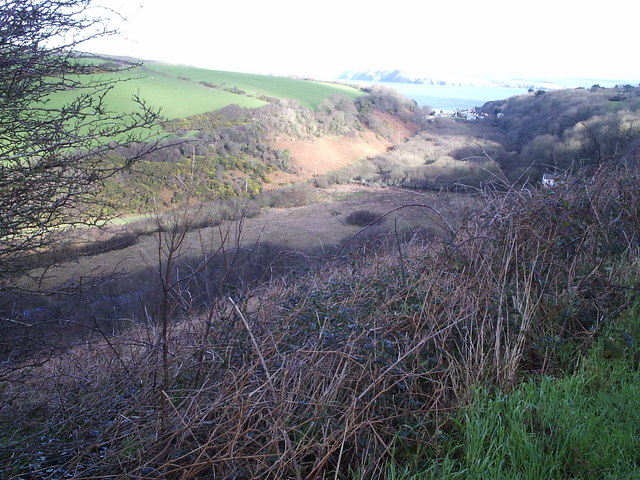Penrhyn Mawr
Coastal Feature, Headland, Point in Pembrokeshire
Wales
Penrhyn Mawr
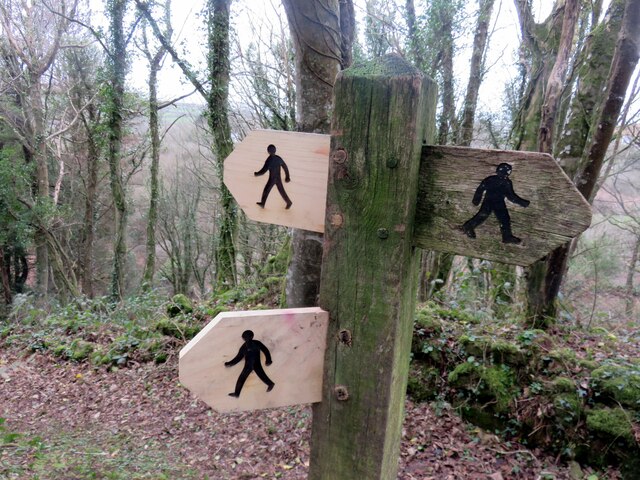
Penrhyn Mawr is a prominent headland located in Pembrokeshire, Wales. It is situated on the western coast of Wales, overlooking the Irish Sea. The headland is characterized by its rugged cliffs, which rise dramatically from the sea, providing breathtaking panoramic views of the surrounding landscape.
With its elevated position, Penrhyn Mawr serves as a natural vantage point, offering visitors a unique perspective of the coastline and the vast expanse of the sea. The headland is a popular destination for nature enthusiasts and hikers, as it offers a variety of walking trails that wind through its diverse terrain.
The cliffs of Penrhyn Mawr are composed of sedimentary rocks, showcasing layers of different hues and textures. This geological feature adds to the headland's natural beauty and provides insight into the region's ancient history. The area is also home to a rich array of flora and fauna, with various species of seabirds nesting along the cliffs and seals occasionally spotted in the waters below.
Access to Penrhyn Mawr is facilitated by a well-maintained footpath that leads visitors to the headland. This path ensures a safe and enjoyable journey, allowing visitors to appreciate the area's natural wonders without endangering themselves or the delicate ecosystem.
Overall, Penrhyn Mawr is a striking coastal feature that showcases the raw beauty of Pembrokeshire's coastline. Its cliffs, wildlife, and panoramic views make it a popular destination for both locals and tourists, providing an opportunity to connect with nature and immerse oneself in the stunning landscape of Wales.
If you have any feedback on the listing, please let us know in the comments section below.
Penrhyn Mawr Images
Images are sourced within 2km of 52.008987/-4.9337642 or Grid Reference SM9838. Thanks to Geograph Open Source API. All images are credited.
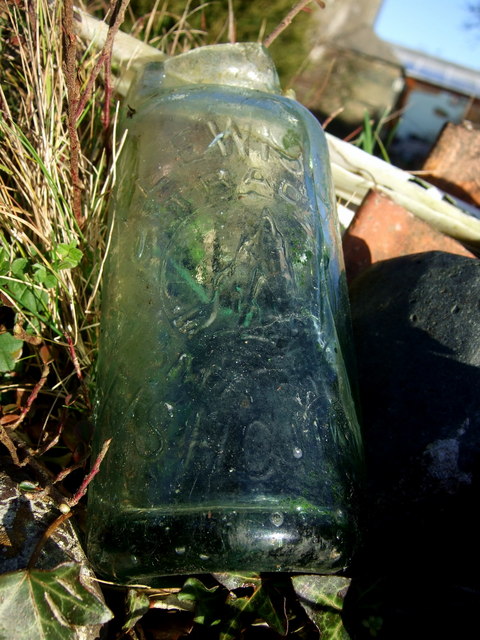

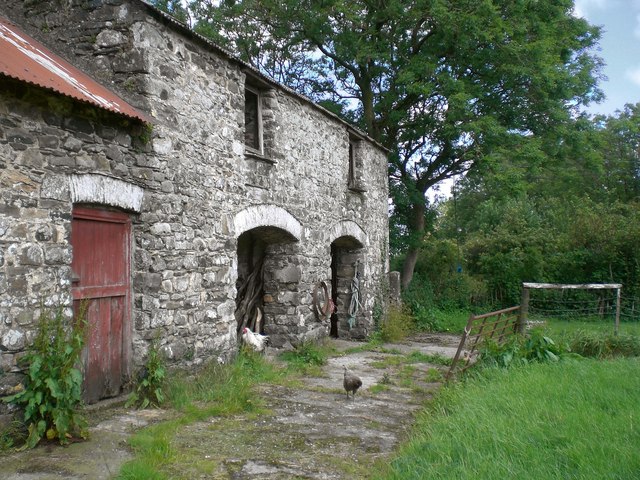
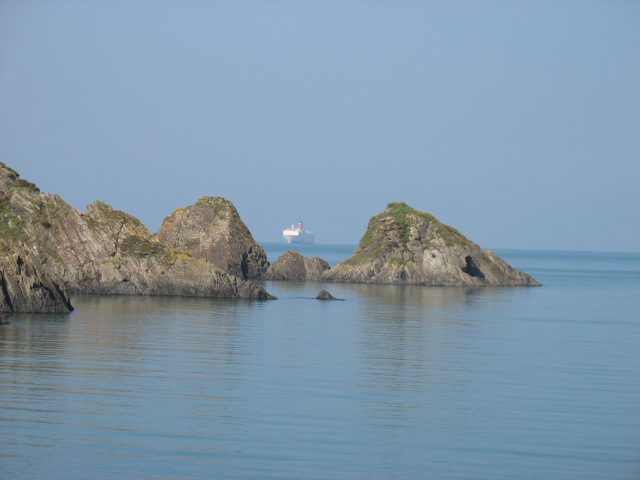
Penrhyn Mawr is located at Grid Ref: SM9838 (Lat: 52.008987, Lng: -4.9337642)
Unitary Authority: Pembrokeshire
Police Authority: Dyfed Powys
What 3 Words
///teachers.inspects.abstracts. Near Fishguard, Pembrokeshire
Nearby Locations
Related Wikis
Fishguard Bay
Fishguard Bay (Welsh: Bae Abergwaun) is a bay on the north Pembrokeshire coast, Wales. Much of the bay's coastline is within the Pembrokeshire Coast National...
Dinas Cross
Dinas Cross (Welsh: Dinas) is both a village, a community and a former parish in Pembrokeshire, Wales. Located between Fishguard and Newport in the Pembrokeshire...
Pwllgwaelod
Pwllgwaelod (originally Y Pwll Gwaelod, Welsh for The Bottom Cove/Creek) is a small scattered hamlet centred on a bay on the south-western side of the...
Cwm Dewi
Cwm Dewi is a Site of Special Scientific Interest (or SSSI) in Pembrokeshire, South Wales. It has been designated as a Site of Special Scientific Interest...
Nearby Amenities
Located within 500m of 52.008987,-4.9337642Have you been to Penrhyn Mawr?
Leave your review of Penrhyn Mawr below (or comments, questions and feedback).
